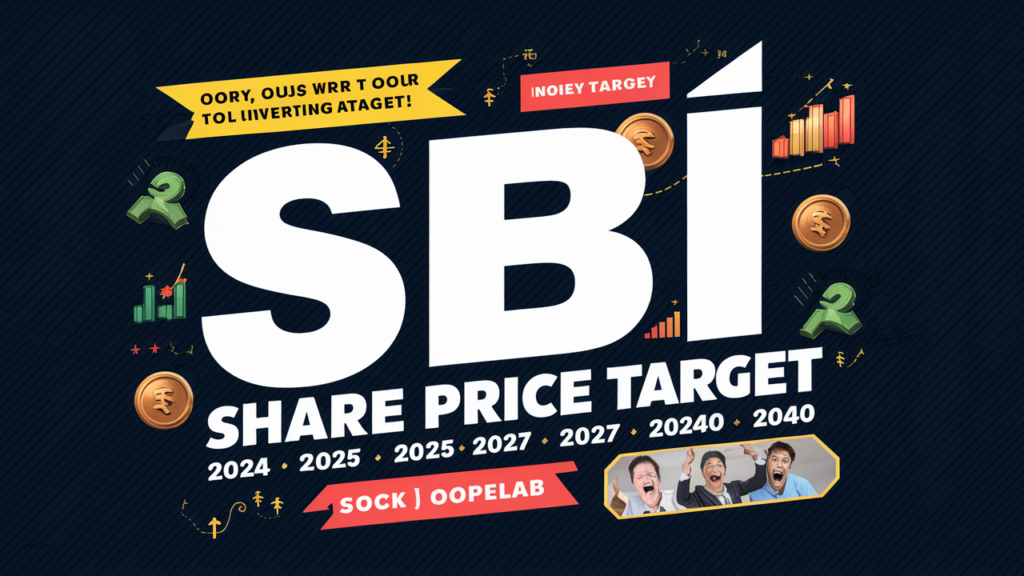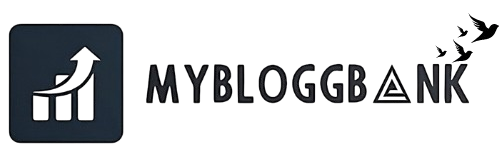
- Introduction
- Factors Influencing SBI Share Price
- Historical Performance Analysis
- Expert Opinions and Market Sentiment
- Investment Advice Based on Projections
- Comparison with Competitors
- Impact of Global Economic Trends
- Technological Innovations in Banking
- Regulatory Changes and Their Impact
- Customer Base and Market Share
- Sustainability and ESG Initiatives
- Dividend Policies and Shareholder Returns
- Economic Policies Affecting SBI
- FAQs
- Conclusion
Introduction
State Bank of India (SBI Share Price Target 2024, 2025, 2027, 2030, 2040) holds a crucial position in India’s banking sector as the largest public sector bank. For investors, understanding SBI share price targets is essential for making informed decisions. These projections offer insights into SBI’s potential future performance, influencing long-term investment strategies.
SBI Share Price Target 2024
- Short-term Projections: Based on current market conditions, SBI’s share price is anticipated to show moderate growth. Key influencing factors include recent quarterly results and market sentiment.
- Quarterly Results: SBI’s Q4 2023 results indicated a 12% increase in net profit, driven by higher interest income and improved asset quality.
- Analyst Predictions: Analysts forecast that SBI’s share price could reach INR 600 by the end of 2024, supported by strong financial performance and favorable economic policies.
Monthly Projections for 2024:
| Month | Maximum Target | Minimum Target |
| January | – | – |
| February | – | – |
| March | – | – |
| April | – | – |
| May | – | – |
| June | – | – |
| July | Rs 720.50 | Rs 621.04 |
| August | Rs 751.72 | Rs 648.38 |
| September | Rs 779.92 | Rs 673.49 |
| October | Rs 764.05 | Rs 659.76 |
| November | Rs 766.47 | Rs 681.79 |
| December | Rs 809.39 | Rs 713.61 |
SBI Share Price Target 2025
- Medium-term Projections: Considering the upcoming financial years, SBI’s share price is expected to continue its upward trend.
- Projected Earnings: With an expected earnings growth of 15% per annum, SBI’s share price target for 2025 is INR 700.
- Sectoral Trends: The banking sector is likely to benefit from digital banking initiatives and increased credit demand.
Monthly Projections for 2025:
| Month | Maximum Target | Minimum Target |
| January | Rs 778.62 | Rs 609.12 |
| February | Rs 826.80 | Rs 621.30 |
| March | Rs 830.75 | Rs 621.49 |
| April | Rs 816.88 | Rs 633.29 |
| May | Rs 819.69 | Rs 631.79 |
| June | Rs 822.60 | Rs 640.80 |
| July | Rs 860.20 | Rs 653.12 |
| August | Rs 842.10 | Rs 655.00 |
| September | Rs 866.89 | Rs 662.26 |
| October | Rs 882.54 | Rs 680.70 |
| November | Rs 908.66 | Rs 699.78 |
| December | Rs 925.30 | Rs 707.59 |
*Note: This prediction is based on historical data; expert advice is critical before making any investment decisions.
SBI Share Price Target 2026 to 2030
- Long-term Projections: Focusing on strategic goals and expansion plans, SBI aims to leverage digital technologies for growth.
- Expansion and Digital Initiatives: SBI’s efforts to expand its digital footprint and enhance customer services are key drivers for its share price.
- Economic Indicators: Positive economic indicators and a stable regulatory environment are expected to support a share price target of INR 1200 by 2030.
Annual Projections:
| Year | Maximum Target | Minimum Target |
| 2026 | Rs 992.00 | Rs 703.12 |
| 2027 | Rs 1070.51 | Rs 772.65 |
| 2028 | Rs 1312.59 | Rs 788.73 |
| 2029 | Rs 1578.60 | Rs 858.65 |
| 2030 | Rs 1765.41 | Rs 962.80 |
| 2040 | Rs 3914.01 | Rs 1821.11 |
*Note: This prediction is based on historical data; expert advice is critical before making any investment decisions.
Factors Influencing SBI Share Price
- Economic Policies: Government policies and fiscal measures directly impact SBI’s performance.
- Regulatory Changes: Changes in banking regulations can alter operational dynamics.
- Market Sentiment: Investor behavior and market trends influence share prices.
- Technological Advancements: Digital banking innovations play a crucial role in shaping the future of SBI.
Historical Performance Analysis
- Past Performance: Over the past decade, SBI has shown consistent growth, with significant milestones such as the merger with associate banks.
- Performance Metrics: Key metrics include net profit, return on assets, and asset quality.
- Lessons from Historical Data: Historical trends provide valuable lessons for future projections.
Expert Opinions and Market Sentiment
- Expert Insights: Leading financial analysts provide positive outlooks for SBI, citing strong fundamentals and growth potential.
- Market Reactions: The market has responded favorably to SBI’s strategic decisions and financial performance.
Investment Advice Based on Projections
- Investment Recommendations: Based on share price targets, investing in SBI shares offers substantial growth potential.
- Risk Assessment: Consider potential risks such as economic downturns and regulatory changes.
- Diversification Strategies: Including SBI shares in a diversified portfolio can enhance returns.
Comparison with Competitors
- Major Banks: Comparative analysis with other leading banks such as ICICI Bank and HDFC Bank.
- Performance Metrics: Evaluating metrics such as net profit, market share, and asset quality.
- Strategic Differences: Analyzing strategic initiatives and their impact on share prices.
Impact of Global Economic Trends
- Global Trends: Economic trends such as interest rate movements and global trade policies affect SBI.
- Macroeconomic Indicators: Factors like GDP growth, inflation, and currency exchange rates play a role.
- Cross-border Policies: International policies and agreements influence market dynamics.
Technological Innovations in Banking
- Digital Banking: SBI’s advancements in digital banking enhance customer experience and operational efficiency.
- Fintech Collaborations: Partnerships with fintech companies drive innovation.
- Technological Disruptions: Identifying potential disruptions and opportunities.
Regulatory Changes and Their Impact
- Banking Regulations: New regulations can impact compliance costs and operational efficiency.
- Future Trends: Anticipating future regulatory trends and their implications.
Customer Base and Market Share
- Customer Growth: SBI’s customer base continues to expand, driven by new product offerings and improved services.
- Market Penetration: Strategies for increasing market penetration and capturing a larger share of the banking market.
Sustainability and ESG Initiatives
- ESG Factors: Environmental, social, and governance initiatives are integral to SBI’s long-term strategy.
- Impact on Performance: ESG initiatives contribute to sustainable growth and improved financial performance.
Dividend Policies and Shareholder Returns
- Dividend Trends: Analyzing SBI’s historical dividend payouts and future projections.
- Industry Standards: Comparison with dividend policies of other major banks.
Economic Policies Affecting SBI
- Government Policies: Fiscal and monetary policies directly influence SBI’s performance.
- Banking Sector Implications: Understanding the impact of economic policies on the banking sector.
Also Read: Adani Total Gas Share Price Target
FAQs
Conclusion
In summary, SBI’s share price targets for 2024, 2025, 2027, 2030, and 2040 reflect a positive growth trajectory influenced by various factors. Investors should consider these projections alongside expert opinions, market trends, and potential risks. Long-term investment in SBI shares offers substantial growth potential, driven by strategic initiatives and favorable economic conditions. Staying updated with market trends and expert analyses will help investors make informed decisions.
Disclaimer – We are not SEBI-registered advisors. A financial market is always risky to anyone. This website is only for training and educational purposes. So before investing, we are requested to discuss certified expertise. We will not be responsible for anyone’s profit or loss.








2 thoughts on “SBI Share Price Target 2024, 2025, 2027, 2030, 2040”